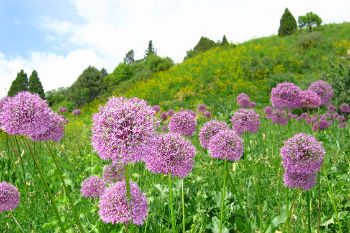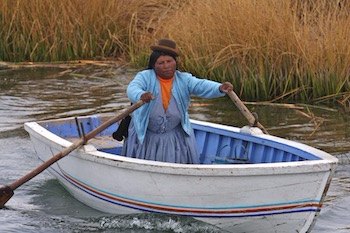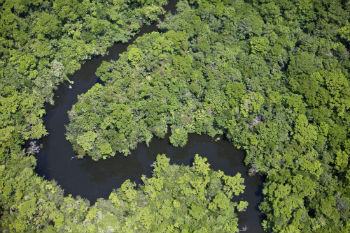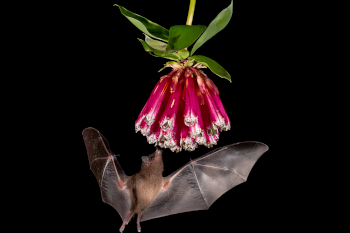Main menu
CEPF is a joint initiative of l’Agence Française de Développement, Conservation International, the European Union, Fondation Hans Wilsdorf, the Global Environment Facility, the Government of Canada, the Government of Japan and the World Bank. A fundamental goal is to ensure civil society is engaged in biodiversity conservation.
Visitez le site français コア情報の日本語翻訳を読むOr use Google Translate to translate the English site to your language:
GTranslate
Capacity Development Critical to Overcoming Conservation Challenges in the Eastern Afromontane
27 January 2016
27 January 2016
If you want to work in the Eastern Afromontane biodiversity hotspot, you have to know how to climb. And you have to be willing to go far.
The Critical Ecosystem Partnership Fund (CEPF) works in many remote places that are often difficult to reach — as members of the CEPF Secretariat and the Eastern Afromontane Regional Implementation Team (RIT) experienced recently when they went on a monitoring mission in Tanzania.
We started off in Nairobi, Kenya, and had to take two flights, followed by one full day of travel by car, multiple lifts on motorbikes, a few hours on a boat and a long walk up a mountain. All this to reach the project sites of three intrepid CEPF grantees working in the Greater Mahale Landscape on the shores of Lake Tanganyika in western Tanzania.
Here Fauna & Flora International, along with the Tongwe Trust, and the Frankfurt Zoological Society are working with local communities to develop forest reserves on village land, which would formally protect the land and offer community members employment opportunities.
The journey was long, but it was well worth it to be able to walk around in pristine montane forests, following the chimpanzees who live there. This more than made up for the physical exertion.
CEPF’s investment in the Eastern Afromontane started in September 2012 and will end in August 2017. The hotspot covers 15 countries and 311 key biodiversity areas (KBAs). Of these, 47 were prioritised in the ecosystem profile (CEPF’s investment strategy for the hotspot), and to date, CEPF has funded local conservation action at about 80 percent of these priority sites.
In July 2015, the CEPF Secretariat and the RIT took stock of what was achieved through the middle of the investment and where to focus efforts for the remaining two-and-a-half years.
At the time, 80 percent of the $9.8 million investment was allocated to 80 projects, assisting 66 local, national and international civil society organisations (CSOs) to protect the hotspot’s unique biodiversity. Since then, four more calls for proposals have been issued in order to complete the portfolio and fill in some of the strategic gaps of the investment strategy, especially with regards to the development of sustainable financing mechanisms.
During the first half of the funding period, the RIT realised that national and local CSOs in the hotspot (CEPF’s primary targets for funding) often lack the capacity needed to successfully apply for grants and/or to effectively implement projects. To address this, the team has been helping applicants and grantees through on-the-job support, advisory services, and the facilitation of formal training programmes and exchange visits.
A large-scale capacity development program for grantees in the hotspot is being implemented by Fauna & Flora International and the Tropical Biology Association. Two training workshops took place in 2015, and at least seven more regional training workshops will be organized, as well as 10 site exchange visits.
An online questionnaire completed as part of the mid-term evaluation found that 87 percent of the grantees in the Eastern Afromontane feel their organisation has increased capacity in project development and management thanks to CEPF. We hope that this will translate into more conservation action where it is needed most!
Much remains to be done, though, as the threats to the Afromontane’s biodiversity continue to increase. The impacts of agricultural expansion, extractive industries, infrastructure development, climate change and other threats are widely felt across the hotspot.
We salute the CEPF grantees who work so hard, often under difficult circumstances in far-away places, to save the last remaining habitats for species in danger. Sometimes they lose, sometimes they win – but in any case, we are honoured to be part of their work, even if that means another sweaty trip up a mountain!
Learn more about the CEPF investment in the Eastern Afromontane biodiversity hotspot.





